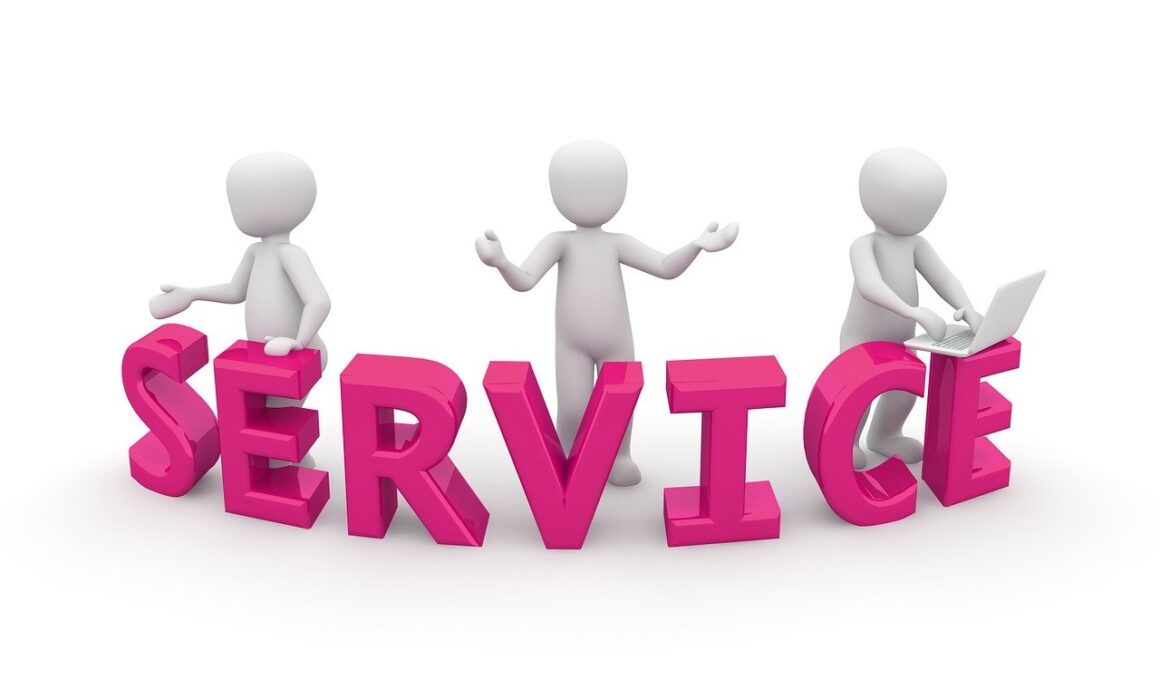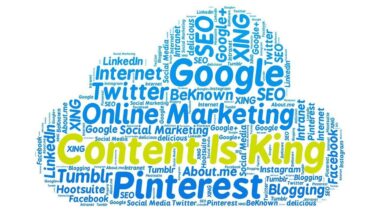Best Event Registration Practices for Community-Building Success
Event registration is a crucial component of community building. Successful event registration establishes a solid foundation for gatherings that unite people and nurture connections. Adopting best practices can greatly enhance participation and engagement. One efficient approach is to utilize online registration platforms that streamline the process for attendees. Tools like Eventbrite or MeetUp provide functionalities like customizable invitations, seamless ticketing, and confirmation emails. These platforms also offer analytics to measure engagement and participation rates, enabling organizers to improve future events. Additionally, providing clear information about the event location, time, and purpose can alleviate confusion. This facilitates smoother communication with your community and ensures everyone is on the same page. Also, consider incorporating an early-bird registration incentive, encouraging potential participants to register in advance. This not only helps with planning but also guarantees a stronger turnout. Remember to leverage social media to promote the event, attracting a broader audience. Posts with engaging images or videos can be shared across platforms, sparking interest among community members.
Furthermore, it is beneficial to create a sense of urgency by highlighting limited availability or early-bird pricing. People often respond to deadlines, making them more likely to register promptly. Using countdown timers on your event registration page can inspire immediate action. Incorporate engaging content in your event listings, such as speaker bios or workshop topics. This can demonstrate value and attract a diverse audience. Consider including testimonials from past events that highlight the community aspect. Engage with registrants through personalized follow-up emails, which can include reminders, last-minute updates, and even networking opportunities with other attendees. This personal touch can deepen connections among participants. Encourage attendees to share their registration on social media; initiative helps spread the word about your event organically. Moreover, offering group discounts can motivate communities to register together, further strengthening bonds. You can also facilitate informal meet-ups during the event, making networking less daunting for newcomers. Lastly, ensure your registration process is mobile-friendly to accommodate users on various devices.
Optimizing the Registration Experience
Optimizing the event registration experience can significantly influence community engagement. People today seek convenience and efficiency in every interaction. Therefore, making the registration process user-friendly is non-negotiable. First, ensure your registration page loads quickly; slow sites can deter potential attendees. A clean design that limits distractions can help guide registrants through the process. Use straightforward language, eliminating unnecessary jargon that may confuse individuals. Limiting fields in the registration form can reduce the time it takes to sign up. Only ask for essential information such as name, email, and choice of sessions, if applicable. Utilizing autofill options can also expedite the registration process, enhancing user experience. After registration, consider sending out confirmation emails that include an agenda or highlight key activities. This keeps attendees excited and informed about the event. Furthermore, provide a ‘Save the Date’ option for those who may not register immediately. This makes it easy to remind them about your event. Lastly, encourage attendees to spread the word and bring friends along. This helps foster community spirit and ensures a lively atmosphere.
In addition to optimizing the registration process, consider various marketing strategies to boost registration numbers. Social media promotion is particularly effective for engaging local communities. Regular posts can keep your event in potential attendees’ minds. Create visually appealing graphics or videos that provide sneak peeks of the event’s content. Use custom hashtags to make your event easy to find across platforms. Additionally, collaborate with local influencers or organizations to broaden your reach. They can share your event with their followers, generating further interest. Consider writing articles or blog posts discussing topics relevant to your event and link back to the registration page. Guest blogging on community websites can also drive traffic. Keep track of which channels generate the most interest to refine your future marketing efforts. Offering referral bonuses can incentivize attendees to share the event with friends. Don’t forget to engage followers with polls and Q&A sessions about the upcoming event, creating buzz around it. Ultimately, a well-rounded marketing approach will enhance event visibility and culminate in a successful registration turnout.
Creating a Welcoming Environment
Creating a welcoming environment during the registration process plays a significant role in community building. This starts long before participants arrive at the event. Tailor your communication to reflect the diversity your community embodies. Make it clear that everyone is welcome, regardless of their background or experience level. Providing accessibility information and options for people with disabilities ensures everyone feels included. On the registration page, include a promise to create a welcoming atmosphere that embraces attendees’ unique qualities. As guests arrive, welcome them warmly, helping them get settled and feel at home. Consider training volunteers or staff to provide supportive assistance during the registration process. They can answer questions about the agenda while also fostering connections with newcomers. For on-site registrations, ensure that volunteers are equipped with supplies such as name badges or promotional materials. Active listening is essential; show genuine interest in attendees’ needs or concerns. Encourage attendees to engage with one another from the very first moment. Integrating icebreakers or introduction sessions can facilitate this, ensuring participants make connections from the outset.
To further enhance the community feel post-registration, consider connecting participants through online platforms. Creating a dedicated event Facebook group or a group chat before the event allows attendees to engage and discuss before they even walk through the door. This can help attendees feel more connected and excited about networking opportunities available on the day of the event. Remind them to bring not only themselves but also their enthusiasm to meet new faces. Also, set the tone for the event through your welcome messages or opening remarks. Emphasize progress, collaboration, and innovative ideas as vital elements for success. After registration, you can also enhance anticipation by sending sneak peeks of the event content or key speakers. Sending reminders as the event approaches reinforces the importance of their presence and the collective experience. Make sure to encourage attendees to engage socially by prompting sharing of their experiences using a designated hashtag. This not only raises awareness online but also strengthens community ties. Look into capturing candid moments during the event to share later, which keeps the communal spirit alive.
Follow-Up Strategies for Engagement
Following up with participants after your event is critical to maintaining connections and reinforcing community-building efforts. A successful follow-up strategy keeps the momentum alive long after the event concludes. Begin by sending personalized thank-you emails to all attendees, expressing gratitude for their involvement. This simple gesture can make participants feel valued and appreciated. Include a summary of the event, highlighting key takeaways or memorable moments that resonated with the audience. Consider sharing links to recorded sessions or digital resources that complement the event content. This allows attendees to revisit useful information at their convenience. Encourage feedback through a short survey; it will help improve future events. Asking for preferences and suggestions fosters a collaborative environment and strengthens relationships. Share the outcomes of the feedback gathered, showing participants how their opinions shaped your approach. Additionally, remind attendees about upcoming events or community meetings related to similar topics. Establishing a newsletter can be an effective way to maintain contact, providing ongoing value and keeping community members informed on relevant issues and opportunities.
Building a lasting community requires continuous engagement beyond single events. This makes attendees feel like they are part of something larger, enhancing their connection to your cause. Interact with community members regularly on social media channels. Share success stories, upcoming events, or articles relevant to their interests. Acknowledge participants’ contributions by spotlighting individuals in your newsletters or blog, showcasing their impact. Create opportunities for participants to contribute actively. Offer leadership roles in planning future events, empowering them to take ownership of their community experience. This promotes a sense of belonging while encouraging exploration of new ideas. Host follow-up meet-ups or online discussions to discuss the event outcomes and gather fresh ideas. Maintaining open communication helps reinforce the bond formed during events and ensures participants feel continuously involved. Emphasize that this community thrives on collaboration and inclusion. By employing these follow-up strategies, you’ll foster a sustainable, vibrant community dedicated to your cause. Ultimately, the success of community-building events hinges on a commitment to nurturing relationships that last well beyond the initial gathering.


